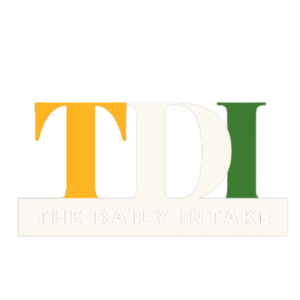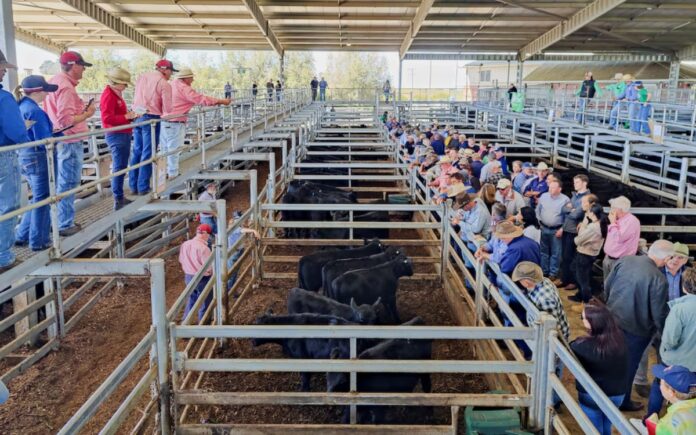Moss Vale, Australia: At a bustling cattle auction in Australia’s verdant Southern Highlands, an auctioneer’s voice echoes over the din of nearly 2,000 cows awaiting new owners. Prospective buyers, donning traditional felted hats, nod discreetly to place their bids, keeping business lively despite a major economic shift looming over the industry.
On Thursday, U.S. President Donald Trump imposed a 10% import tariff on Australian goods, specifically criticizing the nation’s beef exports. In response, Australian beef farmers, traders, and industry groups have made it clear that the additional costs will be passed on to U.S. consumers, leading to higher prices for hamburgers and steaks.
“The effect on our market here today … we haven’t seen it,” said Dhugald McDowall of livestock agency Elders Cleary McDowall, speaking from the Southern Regional Livestock Exchange in Moss Vale, about two hours from Sydney. “It does make the commodity that’s going into America a lot dearer for their own consumers. So I think in the short term, it could be quite detrimental to the U.S. economy.”
Australia exports beef worth a record A$4 billion ($2.52 billion) annually to the United States—its largest market—while maintaining a ban on U.S. fresh beef imports since 2003 due to the discovery of bovine spongiform encephalopathy, commonly known as mad cow disease, in American cattle. This ban has drawn Trump’s ire, with the president remarking on Thursday that Australia “won’t take any of our beef” as he announced the tariffs.
Australian beef farmers say Trump tariffs will make US hamburgers more expensive https://t.co/rZeDQUabzr pic.twitter.com/JEVEZhoyM3
— Reuters (@Reuters) April 3, 2025
Prized Beef in U.S. Fast-Food Chains
Australian beef is highly valued by U.S. fast-food chains due to its lower fat content. It is often blended with fattier U.S. beef to achieve the ideal fat balance for hamburgers. According to United States Department of Agriculture regulations, ground beef and hamburgers cannot exceed a fat content of 30%.
Garry Edwards, chair of Cattle Australia, an industry trade body, acknowledged that Australian producers had experienced some short-term disruptions to U.S. exports in recent weeks while awaiting clarity on the tariffs. However, he asserted that American buyers would ultimately have no choice but to absorb the higher costs.
“They are completely reliant on our grass-fed beef and some of our high-quality grain-finished beef to meet the requirements of their domestic consumers,” he said. “I can’t imagine that the American consumer is going to like paying more for their burgers or their steaks for the foreseeable future.”
The Australian government has used the industry’s deep integration into the American fast-food supply chain as a negotiating tool. Last month, Australian Trade Minister Don Farrell warned that increased tariffs on beef could lead to higher prices at McDonald’s—a company Trump frequently championed during his election campaign.
Also Read | Regulator Investigates Sentebale: Prince Harry Hopes for ‘Truth’
Livestock agent McDowall pointed out that Australia had been placed under the same 10% tariff as its major export competitors, Brazil and Argentina. These two nations, along with Australia and the United States, are among the world’s top four beef exporters.
“So we’re all at 10%, it really doesn’t change anything,” he said.
Australia’s Prime Minister Anthony Albanese announced on Thursday that the government would assist industries impacted by U.S. tariffs in finding alternative markets.
“America’s not the only market,” noted James Fitzpatrick, a cattle farmer attending the auction. “There’s a worldwide market out there.”



